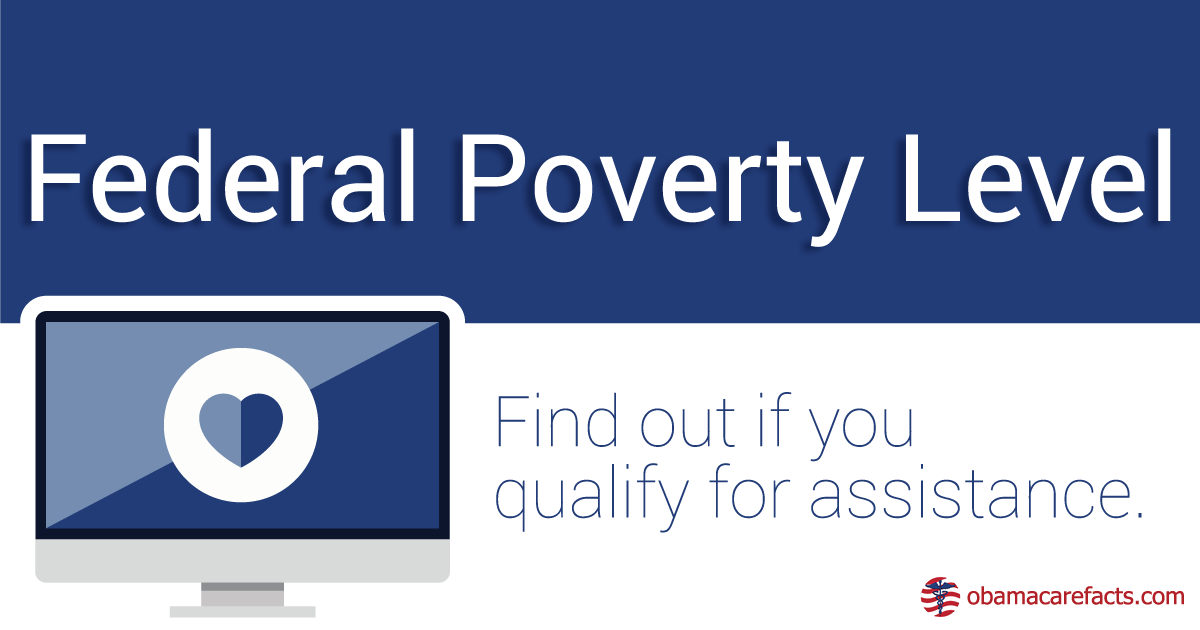The 2017 Federal Poverty Guidelines








The 2017 Federal Poverty Level Guidelines (Used in 2017 and 2018)
Understanding the Federal Poverty Guidelines for Determining Cost Assistance For 2017 Medicaid and CHIP and Cost Assistance on Health Plans Held in 2018
Below are the 2017 Federal Poverty Guidelines used for Medicaid/CHIP in 2017 – 2018 and cost assistance on 2018 health plans under the ACA (ObamaCare).
Use the guidelines below
- If you are getting a marketplace plan for 2018 during open enrollment 2018 which starts Nov 1st, 2017 and ends Dec 15, 2017.
- If you are enrolling in special enrollment any time during 2018.
- If you are enrolling in Medicaid/CHIP between Jan 2017 and Jan 2018.
- If you are filing taxes for 2018 in 2019.
Otherwise, you’ll use guidelines from other years.
Before we get to the guidelines used for open enrollment 2018, it’ll be helpful to clarify some key points:
- The Federal Poverty Guidelines are published each year. They illustrate the current poverty level based on household size and income. They are used for the Affordable Care Act and other assistance programs.
- The 2017 Federal Poverty Level Guidelines found below are extrapolated from the Federal Register notice of the 2017 poverty guidelines to show ACA (AKA ObamaCare) assistance levels.
- Although one might mistakenly refer to the 2017 Federal Poverty Level Guidelines below as “the 2018 Poverty Level Guidelines, perhaps due to the fact the pair with 2018 plans purchased during 2018 open enrollment, they are none the less called the 2017 Federal Poverty Guidelines. If you want more clarification on that, see our page on the 2018 Guidelines.
- Below are the 2017 Federal Poverty Guidelines that went into effect on January 26, 2017 (the ones used for Medicaid/CHIP between Jan 2017 and Jan 2018, for 2018 marketplace cost assistance on all marketplace health plans held in 2018 and purchased during open enrollment 2018, for special enrollment in 2018, and for taxes for the 2018 calendar year filed in 2019).
- Alaska and Hawaii use different guidelines. See a list of all guidelines on our Federal Poverty Level Page.
| 2017 POVERTY GUIDELINES FOR THE 48 CONTIGUOUS STATES AND THE DISTRICT OF COLUMBIA | ||||
|---|---|---|---|---|
| Persons in Family/Household | 100% FPL: Minimum to Qualify for ACA Assistance | 138% FPL: Medicaid Cap (in States that Expanded) | 250% FPL: CSR Subsidies Cap | 400% FPL: Premium Tax Credit Cap |
| 1 | $12,060 | $16,643 | $30,150 | $48,240 |
| 2 | $16,240 | $22,412 | $40,600 | $64,960 |
| 3 | $20,420 | $28,180 | $51,050 | $81,680 |
| 4 | $24,600 | $33,948 | $61,500 | $98,400 |
| 5 | $28,780 | $39,717 | $71,950 | $115,120 |
| 6 | $32,960 | $45,485 | $82,400 | $131,840 |
| 7 | $37,140 | $51,254 | $92,850 | $148,560 |
| 8 | $41,320 | $57,022 | $103,300 | $165,280 |
| For families/households with more than 8 persons, add $4,180 for each additional person | ||||
IMPORTANT: See the 2017 POVERTY GUIDELINES FOR ALASKA AND HAWAII from HHS. See the most recent Federal Register notice of the 2017 poverty guidelines, published January 31, 2017. The Federal Register is where the guidelines are posted every year.
TIP: As noted these guidelines will be used for taxes filed April 15, 2019 (as those taxes will deal with 2018 tax credits, which will have been based on this 2017 poverty level). If you are filing taxes in 2018 for the 2017 calendar year, use the 2016 guidelines.
TIP: You’ll use the 2017 FPL guidelines for Medicaid and CHIP until late January 2018 when the new poverty level guidelines are released. To be clear, you don’t use these for cost assistance on 2017 plans so, if you are using special enrollment in 2017, because you had a life change and qualified, see the 2016 guidelines for that.